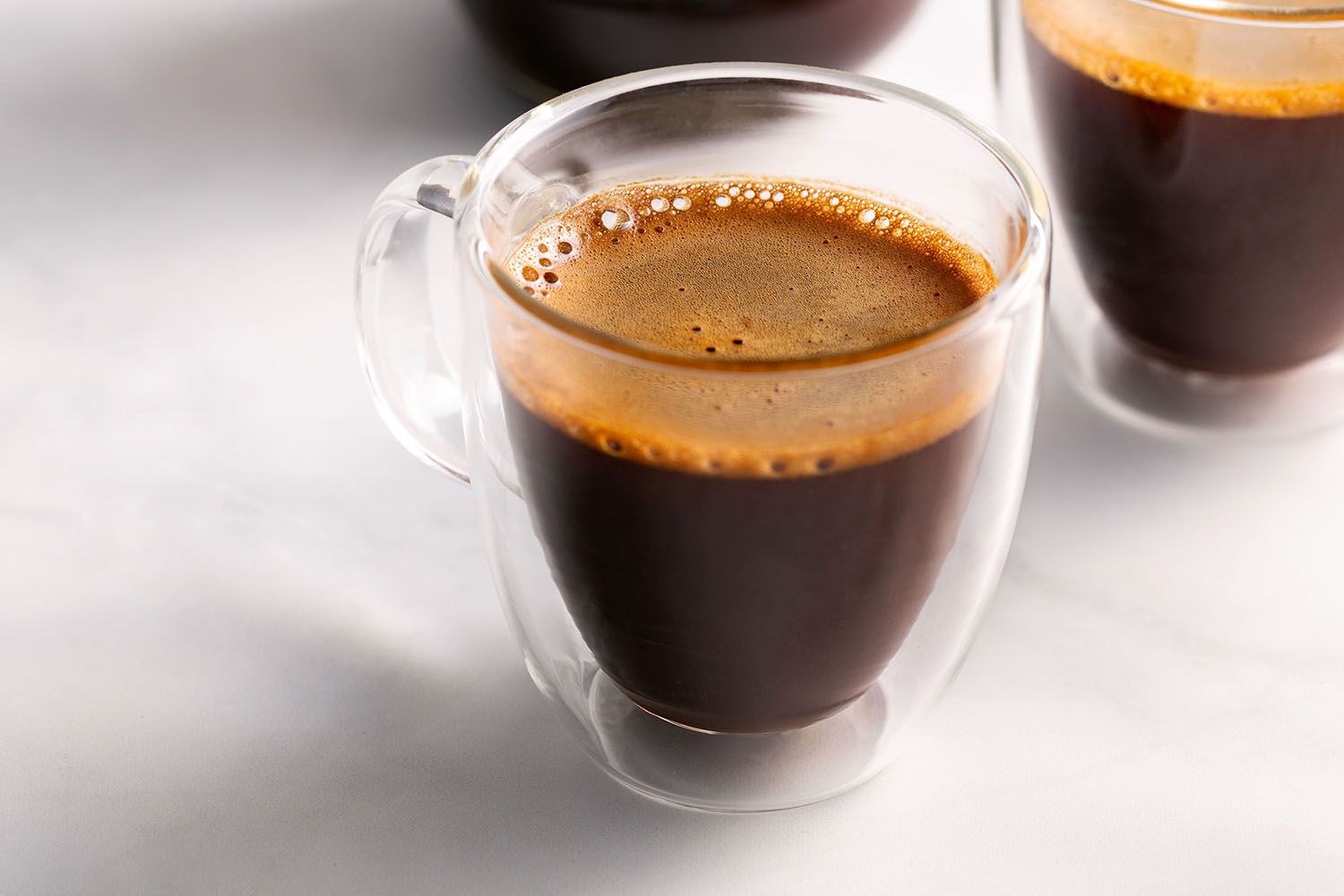
Espresso is more than just a strong coffee; it's a rich, cultural experience packed into a tiny cup. Originating in Italy, this concentrated coffee has become a global favorite. But what makes it so special? Espresso is brewed by forcing hot water through finely-ground coffee beans at high pressure, creating a bold, aromatic shot. It's the base for many popular drinks like lattes, cappuccinos, and macchiatos. Whether you're a coffee aficionado or a casual sipper, understanding the nuances of espresso can elevate your appreciation. Ready to dive into some intriguing facts about this beloved beverage? Let's get brewing!
The Origins of Espresso
Espresso, a beloved coffee beverage, has a rich history and unique characteristics. Let's dive into some fascinating facts about this iconic drink.
-
Espresso was invented in Italy in the early 20th century. Luigi Bezzera, an Italian inventor, created the first espresso machine in 1901.
-
The word "espresso" means "pressed out" in Italian, referring to the method of forcing hot water through finely-ground coffee.
-
Espresso became popular in the United States after World War II, thanks to returning soldiers who had developed a taste for it while stationed in Europe.
-
The first espresso machine was patented by Angelo Moriondo in 1884, but it was Bezzera who improved and commercialized it.
The Science Behind Espresso
Understanding the science behind espresso can enhance your appreciation for this complex beverage.
-
Espresso is brewed by forcing hot water through finely-ground coffee at high pressure, typically around 9 bars.
-
The ideal brewing temperature for espresso is between 195°F and 205°F (90°C to 96°C).
-
A single shot of espresso typically contains about 1 ounce (30 milliliters) of liquid.
-
Espresso has a higher concentration of caffeine per ounce compared to regular coffee, but because servings are smaller, the total caffeine content is often less.
-
The crema is the golden-brown foam that forms on top of a well-pulled shot of espresso, created by the emulsification of oils in the coffee.
Espresso Varieties and Styles
Espresso isn't just a single drink; it comes in many forms and variations.
-
A double shot of espresso, also known as a "doppio," is the standard serving size in many cafes.
-
A ristretto is a shorter, more concentrated shot of espresso, using the same amount of coffee but less water.
-
A lungo is a "long" shot of espresso, using more water for a milder flavor.
-
Espresso macchiato is a shot of espresso "stained" with a small amount of steamed milk.
-
A latte is made with a shot of espresso and steamed milk, topped with a small amount of milk foam.
-
A cappuccino consists of equal parts espresso, steamed milk, and milk foam.
-
An Americano is made by adding hot water to a shot of espresso, creating a coffee similar in strength to drip coffee.
Cultural Impact of Espresso
Espresso has left a significant mark on cultures around the world.
-
In Italy, espresso is often enjoyed standing at a bar, rather than sitting down.
-
Espresso bars are social hubs in many European countries, where people gather to chat and enjoy their coffee.
-
The espresso machine has become a symbol of Italian craftsmanship and design.
-
Espresso is the base for many popular coffee drinks, including lattes, cappuccinos, and macchiatos.
-
In some cultures, espresso is enjoyed with a twist of lemon peel, known as "espresso romano."
Health Benefits and Myths
Espresso has been the subject of many health studies and myths.
-
Espresso contains antioxidants, which can help fight free radicals in the body.
-
Moderate consumption of espresso has been linked to a lower risk of certain diseases, such as Parkinson's and Alzheimer's.
-
Espresso can improve mental alertness and concentration due to its caffeine content.
-
Contrary to popular belief, espresso has less caffeine per serving than a regular cup of coffee because of its smaller serving size.
-
Drinking espresso in moderation is generally considered safe for most people, but excessive consumption can lead to negative health effects.
Fun Facts About Espresso
Let's wrap up with some fun and quirky facts about espresso.
-
The world record for the most espressos made in one hour is 703, set by a team of baristas in Poland.
-
Espresso is used in many culinary recipes, from desserts like tiramisu to savory dishes like espresso-rubbed steak.
-
The Guinness World Record for the largest cup of espresso was set in 2014 in Italy, with a cup containing over 3,000 liters of espresso.
Espresso: A World of Surprises
Espresso isn't just a drink; it's a journey through history, culture, and science. From its origins in Italy to its global popularity, this tiny cup packs a punch. The caffeine content might surprise you, as well as the variety of beans used. Espresso machines have evolved, making it easier to enjoy a perfect shot at home. Whether you're a casual drinker or a coffee connoisseur, there's always something new to learn about this beloved beverage. Next time you sip your espresso, remember the rich history and intricate process behind it. Enjoy the aroma, savor the flavor, and appreciate the craftsmanship. Espresso is more than just a quick caffeine fix; it's a celebration of coffee culture. So, keep exploring, keep tasting, and keep enjoying every drop. Cheers to the world of espresso!
Was this page helpful?
Our commitment to delivering trustworthy and engaging content is at the heart of what we do. Each fact on our site is contributed by real users like you, bringing a wealth of diverse insights and information. To ensure the highest standards of accuracy and reliability, our dedicated editors meticulously review each submission. This process guarantees that the facts we share are not only fascinating but also credible. Trust in our commitment to quality and authenticity as you explore and learn with us.


